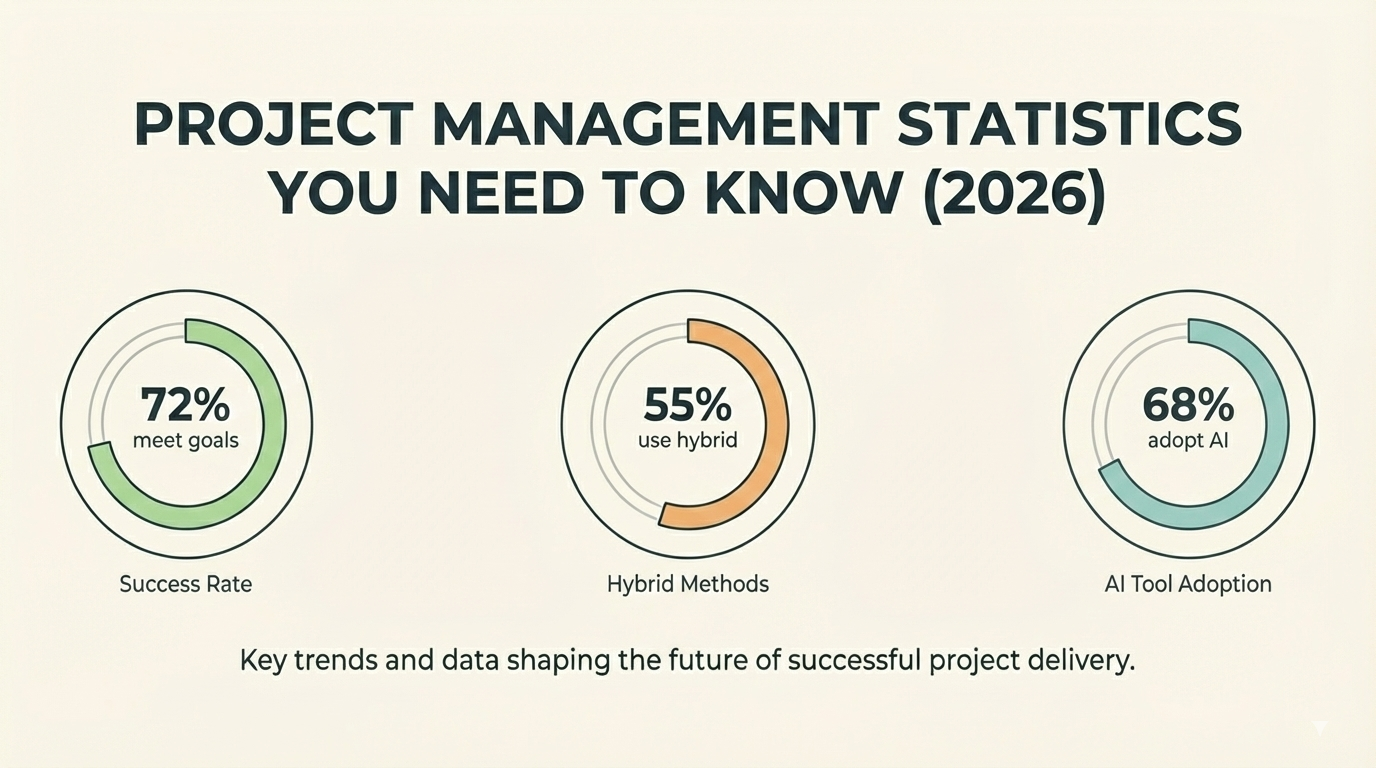Part 3: HR - getting more from your team

Built to succeed - essentials for growing businesses
The third part of a four-part blog series continues our look at how ambitious and growing companies can be better prepared to succeed.
Getting the very best from your team to maximize productivity
For as long as civilization has existed, the principle of division of labor is one of the foundation stones which underlies the ascent of the human race and our success as a species.
Whether as peoples of ancient times or as members of today’s agile and flexible technology-enabled workforce, separating tasks under a system enables people to perform specific activities, driving efficiency.
The Neolithic Revolution saw hunter-gatherers evolve to adopt pastoralism and agriculture. With reliable and abundant food supplies allowing the growth of the population, this supported the organization of members of communities into groups with specific roles.
Moving beyond mere survival, this enabled prosperity, growth and development. Beyond the fundamental roles required to support subsistence, eventually, role specialization allowed for the emergence of such groups as artists, warriors, intellectuals, leaders and elites. Humanity flourished and civilizations such as the Egyptians and the Romans arose.
The idea of the division of labor has pre-occupied some of history’s great thinkers. From Plato and Xenophon of ancient Greece, to more recent economic and political theorists including Adam Smith and Karl Marx.
Importantly, specialization enables those with particular skills, aptitudes or resources to focus on specific tasks to which they are suited.
At the macro level of the globalized world economy this essentially means that countries specialize in the work each nation does best. This is reflected in the differences we see between the developed world and emerging nations.
Developed economies provide the conditions to support higher range economic activities. This might include hi-tech design, such as of silicon chips, hybrid vehicles and drones. Or, it might be financial services.
Developing economies tend to leverage an oversupply of cheap labor to manufacture products. Clothing is likely be made somewhere like the Indian sub-continent and integrated circuits designed in London or California are likely to be made in Asia.
At the micro scale in our individual businesses, dividing up work so that we can efficiently and effectively deliver goods and services to our customers is a fundamental process that we do automatically, quite often, without giving it too much thought.
Here we discuss some of the main facets of creating the right environment to get the very best from your team, maximizing productivity and driving the continuing success of your business.
Cultural values and a positive working environment
Broadly speaking, we can define that the organizational culture of a business represents the collective values, beliefs and principles of members of the workforce. This results from a variety of factors and it includes such things as:
- Company history
- Product
- Market
- Technology
- Business strategy
- Types of employees
- Management style
- National cultural values
Maybe one of the easiest ways of stating what the culture of business actually is, is to simply say “It’s the way things get done around here…”
It is possible to enshrine core cultural values in company policy. One place where we might commonly see this is in defining the processes for providing customer services. Today, many businesses, large, mid-market and growing have adopted a customer-centric approach. Typically, this has resulted in them redesigning their procedures right across their operations to reflect this change in emphasis. This exerts a strong cultural influence over the business.
However, although you can write policy, you cannot entirely legislate for every element that goes into creating a good company culture that helps you to maximize output. Some of the components are ‘soft’ and frequently these come from the way people behave.
Sure, you can write down lists of desired and unacceptable behaviors, but in an organization where people should be highly motivated self-starters and come to work to earn money, one would hope that you shouldn’t have to treat adults like children!
Culture reflects the attitudes of the people within the business. It is very often top-down, with the approach of those at the highest levels filtered down to lower level members of the workforce.
Remember, people tend to take their cues from those around them; essentially, if your workforce has managers or ‘ordinary’ members that are negative influencers, then it’s likely some others are going to adopt or share their unconstructive views.
One of the best ways of creating a positive environment is to create a happy workforce. It stands to reason that a happy team is going to be more productive than an unhappy one.
The role of incentivization and rewards
One way to help create the right conditions for a happy team that is positive and where the members work for each other is to incentivize the workforce. Sales is the most obvious example of incentivization, with individuals rewarded for performance.
There is something of a trend for the gamification of sales, where performance across the sales team is benchmarked and used to drive greater efforts to set the gold standard. There is probably no better incentive for sales than an uncapped earning potential. But be sure you are happy with what you might have to pay out!
However, for most companies, the sales team is likely to be just a small bit of the organizational puzzle. In services businesses where teams frequently operate on a project basis, how do you incentivize the group or separate groups of workers as a whole?
Sales are a breed apart, and what incentivizes sales may not necessarily be valid for workers with vastly different types of personalities performing other types of roles.
Certainly, it’s possible to introduce incentives based on passing milestones and hitting deadlines where the group receives some collective reward. But is a cash bonus the best thing?
Vouchers, discounted merchandise like custom t-shirts or cute stickers for a laptop and other knick-knacks, experience days and travel are examples of incentives that may have an influence that reaches beyond mere cash. This is especially true if it’s wrapped up as social activity with the rest of the team to package it as an experiential reward.
Continuing Professional Development and training
Another way to promote happiness is to consider your Continuing Professional Development (CPD) strategy. Across the workforce an appropriate program supports a positive and high productivity culture. It does this because it makes sure that team members are working in an environment that gives them a stepping stone towards achieving their career goals.
Your workforce may contain a mix of more settled, older “journey-person” workers and younger and more dynamic people who might have bigger ambitions.
Whether they just want to make sure their skills are up to date; or want to acquire new skills to expand their capabilities, giving your team members opportunities for Continuing Professional Development is the way to keep them onside.
CPD is not just about learning in class-based sessions. CPD is a structured activity, characterized by active learning involving interactive and participation-based study. There is a strong emphasis on being proactive and it can include a variety of activities, such as attending a training course, conference, workshop, seminar, lecture, e-learning course or CPD certified event.
A cautionary word on social activities
‘Work hard, play hard’ is a common expression, and it may exert a significant influence on the culture of a company. However, it’s all too easy for social activities organized as a reward for workers by businesses to have negative impacts.
The most obvious example is that interpersonal relationships between co-workers may be broken as well as built. The office Christmas Party is a long-established tradition; however, it can be the source of an unwelcome narrative should things not run to script.
Getting more from your team to drive success
A business may achieve success without paying too much attention to human resources (HR) issues. However, it’s likely that this approach may be storing up problems for the future. At some point the absence of good HR practice may make itself felt.
To help prevent HR issues eating away at the happiness of the workforce and undermining a positive working environment, consider the value of:
- Writing policies that help shape the culture of your business
- Engaging with CPD providers to ensure an appropriate strategy is in place
- Be aware that co-worker social interactions can be good and bad
The last blog of this short series examines another strand of how ambitious and growing companies can be better prepared to succeed, Part 4: Leadership - fixing flaws in your style.








